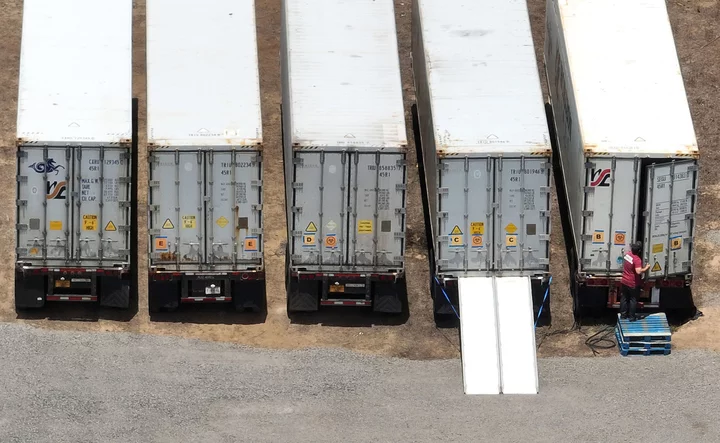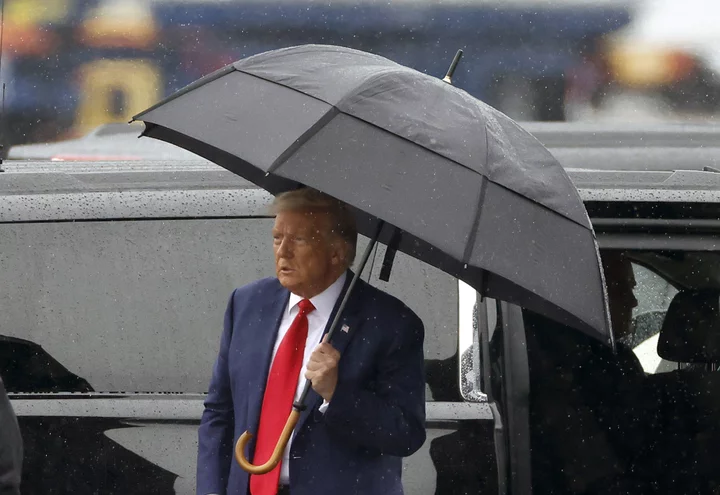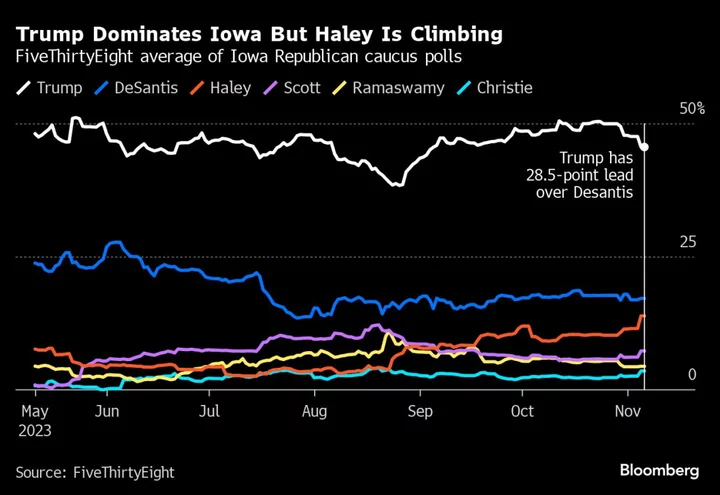Nearly a third of the scorched seaside town of Lahaina had been searched for human remains by Tuesday with the death toll still at 99, but only four of those found were identified. Authorities now face the grim task of matching others using DNA samples.
Forty one relatives of the missing have given DNA samples to aid the effort and officials are encouraging others to follow suit, according to an update from Maui County.
That work comes as Hawaii and federal authorities try to shelter people displaced by last week’s wildfire, which destroyed most of the town of 13,000. Governor Josh Green said the state had secured more than 500 hotel rooms emptied of tourists last week, plus 435 vacation rentals. Airbnb, he said, would supply another 1,000 units.
“We can house everybody who’s struggling, who’s suffering and also who’s helping us respond,” Green said in a Facebook video.
Read More: Hawaii Governor Doesn’t Want Developers Buying Burned Lahaina
Some 3,400 survivors have registered with the Federal Emergency Management Agency, said Keith Turi, deputy associate administrator for response. The agency already has paid 1,200 residents almost $2 million for rental and financial assistance, home repairs and crisis counseling, he said.
The cause of the fire remains under investigation. But fears that power lines owned by utility Hawaiian Electric Industries Inc. could have provided the spark triggered another selloff in the company’s stock Tuesday. The fire was first reported near a Hawaiian Electric substation. The utility’s shares have since lost more than half their value, with several lawsuits against the company already filed.
Read More: Hawaiian Electric Extends Record Slump With Another 20% Drop
Whatever the initial cause, the fire was just the latest fueled by a devastating combination of drought and high winds. Lahaina sits on Maui’s dry western coast, in the rain shadow of the West Maui Mountains. And much of the island – even parts that get more rain than Lahaina – is in drought.
A similar dynamic spawned Colorado’s most destructive wildfire, the 2021 Marshall Fire near Boulder, which killed two people and destroyed more than 1,000 homes. California’s deadliest blaze, the 2018 Camp Fire that killed 85 in the town of Paradise, paired dried timber and brush with high winds.
Though the source of the Marshall Fire was complicated, the Camp Fire was caused by a power line falling from a Pacific Gas & Electric transmission tower and sending sparks in the vegetation below.
The Lahaina and Camp fires share a trait that helps explain their high death tolls. Both struck towns that, by nature of geography, couldn’t easily be evacuated.
Pinched between mountains and sea, Lahaina residents could only flee in two directions, north or south, with a single highway to the north and two to the south that eventually merge into one. Portions of both of those south-leading highways were closed at times during the fires, either by blazes or by downed power lines, according to posts on the Maui County Facebook page.
--With assistance from Mark Chediak and Nacha Cattan.
Author: David R. Baker









